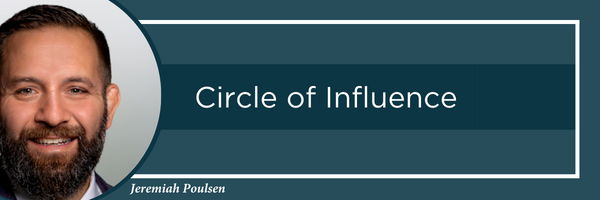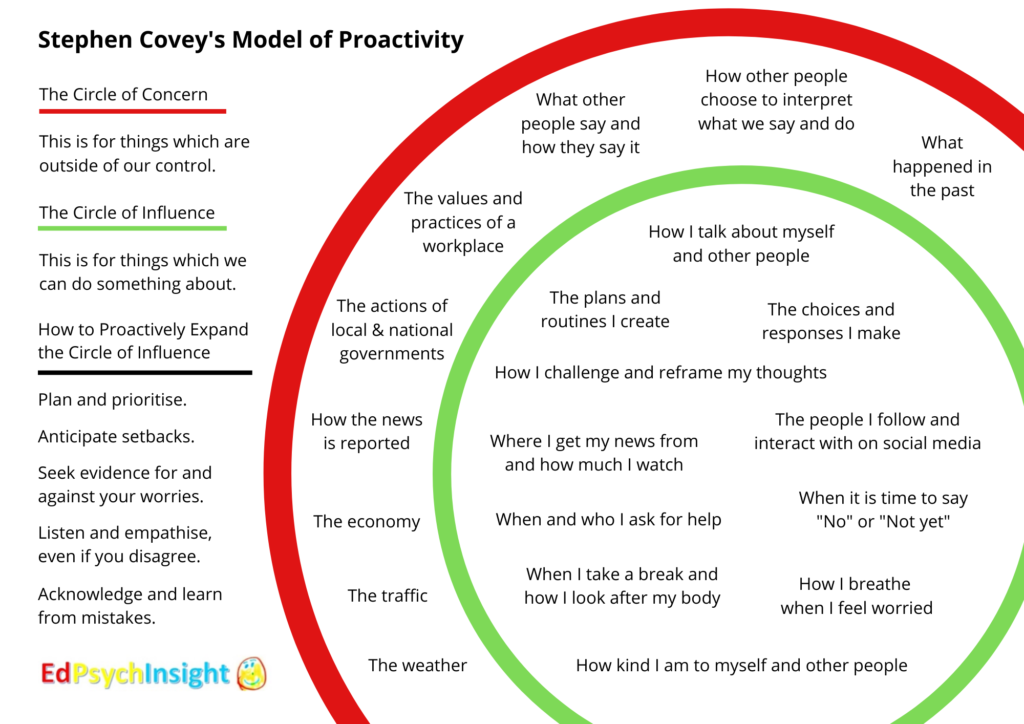When I first heard the phrase, “Leaders bring the weather,” it brought me back to wrestling practice in high school. Always eager to get a leg up on our future opponents, we made a literal change to our training environment: to increase the temperature in our small upstairs gym, we wrapped ice packs around the (locked) thermostat on the wall. We believed that this change in climate would, in turn, increase the intensity of our training, thereby preparing us for upcoming matches or tournaments held in more temperate gymnasiums. Looking back, I’m not sure of the science, but I am sure that I often left large puddles of sweat on the floor. Most importantly, I felt very well-conditioned for my own matches as a result of the strain in those practice sessions.
Maybe you’ve had leaders who have made literal changes to the work environment in an effort to increase the performance of your team. I think of standing desks, ergonomic tools and other functional improvements to physical space that innovative creators have used to “change the weather” for their teams. (Hopefully, there were no ice packs involved!) Whether or not these changes had the desired effect, they were grounded in the belief that the environment in which we work influences our performance.
But what if we bring this concept beyond the physical, and consider how leaders can influence the social and psychological environment? For most knowledge workers, the literal environment is perfectly fine; most discomfort is caused by the metaphorical weather, that web of mindsets, relationships, and communication techniques that can be frustratingly unpredictable. If you, like me, would like to bring better weather to your department, team or life in general, I would like to offer a tool that I’ve found helpful.
Stephen Covey’s Circle of Influence is a long-held and well-established strategy for influencing one’s environment, and I think it can help you improve the forecast in your organization.
In Covey’s famous book, The Seven Habits of Highly Effective People, he devises a simple model to think about the scope of our own influence. It’s a circle within a circle: the outer circle, the Circle of Concern, comprises every variable we could possibly care about, while the inner circle, the Circle of Influence, includes only those things over which we have control. The Circle of Concern might include, of course, the weather, or who the President is, or what your company’s Board of Directors is doing. The Circle of Influence might include your daily routine, personal mindset, and communication style. Here’s a visualization of the framework from Dr. Chris Moore at EdPsychInsight:
The fundamental difference between the variables in the inner and outer circles is whether or not we can control them. I use this strategy to decide where I need to apply energy to change the climate. It’s no use expending energy on things we can’t control. But you might be surprised how much a change within your Circle of Influence can affect the entire environment. The point is, leaders do set the weather, but they do so by beginning with their own mindsets, responsibilities, and attitudes.
Covey also reminds us that the more positive and proactive we are in managing our own Circle of Influence, the larger it will grow, and the more weather-setting power we will accrue. But take note, my friend–the converse is also true. The more negatively we approach those things within our area of influence, the smaller our circle will become.
So, where will you begin? How will you change the climate within your Circle of Influence?
Maybe after reading this you will simply give yourself permission to stop worrying about things you have no control over and begin using that same energy to improve the temperature in the spaces you do have influence in. If so, I am happy to help serve that effort by nudging you with this reading. If you’re up for it, send me an email at jeremiah@getemergent.com to let me know what you’re doing to change the weather for the better in your space. I would love to hear about it.



This Post Has 0 Comments